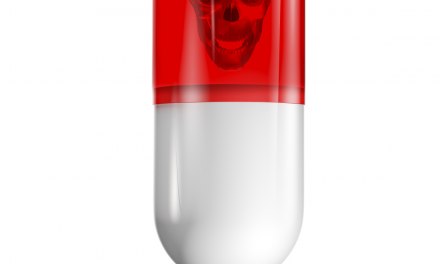Here’s a recent piece on a Heroin Assisted Treatment (HAT) program: The case for prescription heroin.
Such programs have naturally drawn interest where the current epidemic has hit hard. The idea is to provide a safe, medically supervised facility where chronic addicts can show up three times daily to inject heroin under the watchful eyes of the staff.
As you might guess, that’s caused some controversy.
The benefits of the program are framed mostly in terms of harm reduction– what doesn’t happen. Reduced disease transmission, for instance, because patients aren’t sharing or reusing needles. Few if any OD fatalities, because staff are there to intervene. The article cites estimates of return on taxpayer investment, mostly from reduced healthcare costs.
Most HAT participants are “hardcore” users with long histories of heroin addiction and multiple unsuccessful treatments. Somehow they’ve managed to make it this far, but it wasn’t easy.
As an aside, the oldest heroin addict I recall meeting was 72 at the time, and undergoing what he claimed was his fiftieth hospital detox. The bulk of his adult life had been spent in prison. Once back on the street, he would quickly return to heroin and wind up in detox. He stayed stuck in this revolving door until somebody in authority revoked his parole, then it was back inside until his next release. I imagine he’d have been a candidate for HAT if such a program were around.
Projects such as HAT injection centers are bound to be costly. That’s due to the presence of medical personnel. I did manage to locate a cost estimate for a pilot injection center in San Francisco, that was based on the Vancouver model.
The article cites an annual figure of $2.6 million to operate such a program. That doesn’t include buying or leasing the property, which could be expensive since neighborhoods rarely welcome a project that attracts drug users. It could operate from a bus, the way some methadone programs have been forced to do. But where methadone requires an oral dose once a day, heroin treatment involves several visits to inject. Montreal’s recent venture is covered here.
Along with the cost of medical personnel, there’s the cost of insurance against medical liability. Governments are reluctant to operate such projects, so they turn to contracting. But contractors struggle to break even, too. Over time, costs go up, and the program becomes more and more vulnerable to budget cuts.
I was reminded of efforts to establish ‘wet’ shelters for the most impaired alcoholic drinkers. A wet shelter permits drinking, sometimes onsite. Because late stage alcoholism often includes dementia-like symptoms, there’s some question whether the drinker is capable of maintaining sobriety. Heroin use doesn’t seem to produce that sort of cognitive deficits, but many physicians believe that past a certain point, a heroin addict has crossed a line where s/he can no longer be expected to live without the drug. Better to maintain them on heroin, they argue, than let them suffer, or perhaps die.
The early research does suggest that retention is better for HAT than conventional methadone or buprenorphine maintenance — retention being an ongoing problem in medication-assisted treatment. I don’t know whether those early results would hold up in a real-world setting.
As the article acknowledges, HAT is not intended as a first line solution. It serves a relatively small part of the user population, who haven’t responded to other interventions. You might think of it as a last resort. The cases described in the article aren’t often products of the current epidemic– they were addicted to heroin long before it began, and presumably would continue if the epidemic were to end tomorrow. So the impact of HAT on wider opioid use could be limited.
I suspect the combo of expense, stigma, and NIMBY is enough to inhibit the spread of HAT except in special circumstances. But those circumstances do exist. So we may read more about such programs in future.













